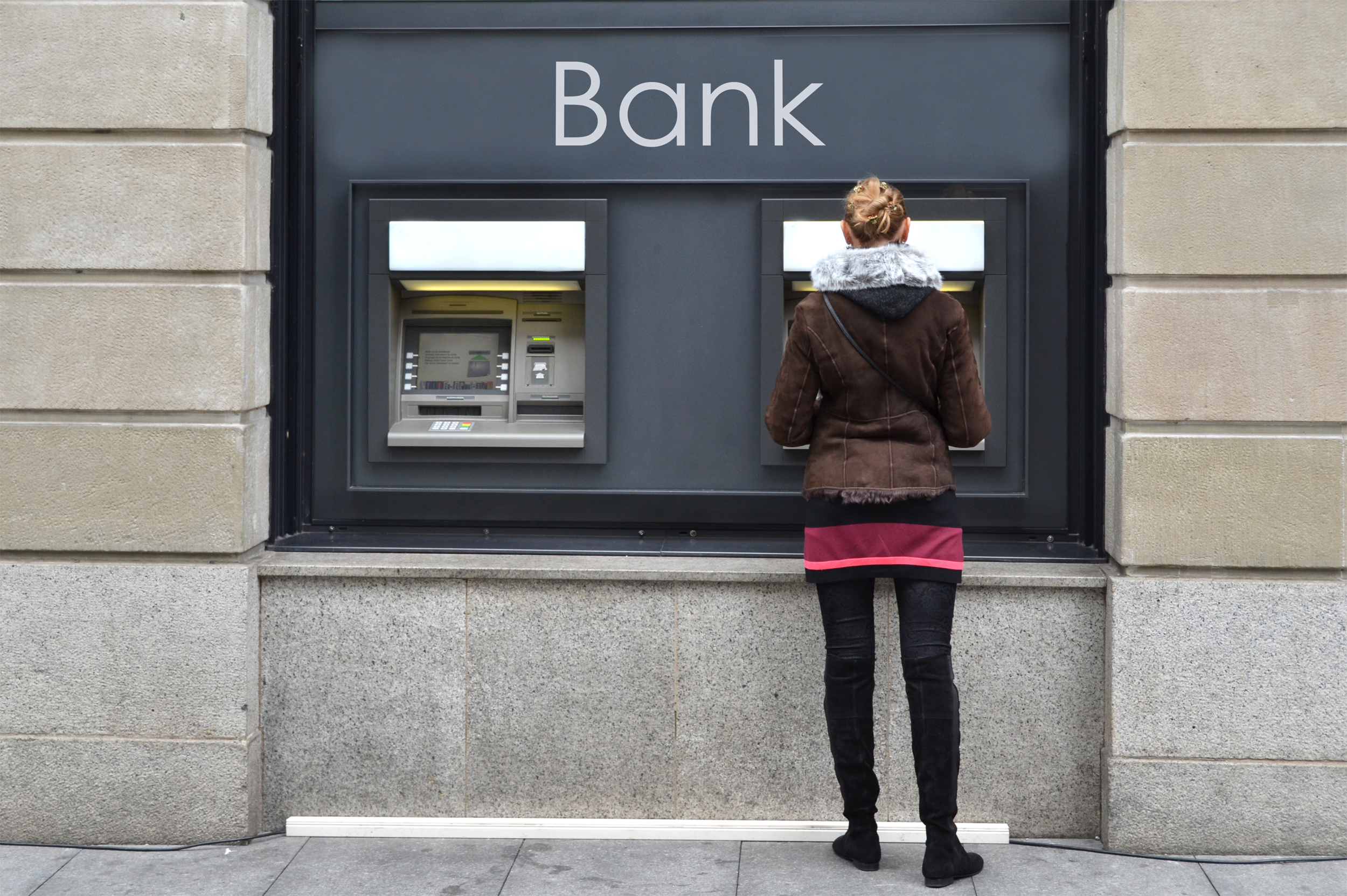Yesterday, I wanted to say thank you with a $25 gift. But I wound up giving $20 instead.
My choice was typical.
The ATM’s Impact
The bills we get from an ATM make a difference. Mostly (or entirely) 20s, they create a cash or debit threshold. In a study from the Federal Reserve Bank of Atlanta, researchers concluded that $20 acts as a nudge. Less and we use cash. More and it’s debit, credit, or an alternative.
Debit and credit cards have an up- and down side. We like “plastic” because it is easy and precise. The rewards are a nice perk–especially if the purchase is pricey– as is protection from fraud and theft. But a card’s strength is also a weakness. When it’s easy to spend, we could overdo it.
Meanwhile, we see the cash we spend. As behavioral economists point out, loss creates more pain than gain. Consequently, when our wallet thins, we tend to diminish spending. With cash, we have more control over spending decisions. However, the dollar/coin change we might receive during a purchase can be a hassle.
Looking at the size of a transaction, we can accurately guess if people pay with cash or a non-cash alternative. In the Fed paper, researchers observed that we are more likely to use cash soon after visiting the ATM. Another criteria is the change we might receive. The less change we get, the more likely we pay with our ATM withdrawal. Also, if the transaction is small, we will take money from our wallet.
Below, you can see some of our spending and ATM withdrawal tendencies. The following graph stops at $45–the amount at which our use of cash declines. At smaller amounts, cash (in red) is the preferred payment:

Meanwhile $100 is the most typical ATM withdrawal:

Our Bottom Line: Transaction Cost
As economists, we define cost as sacrifice. Since the cost of using cash for small payments is minimal, we sacrifice little time and energy, especially when it’s a $20 bill that we just got from the ATM.
However, Covid might have shifted our transaction costs. You can see by the smaller green rectangle, that cash use shrunk from 26 percent to 19 percent:

We can use the concept of transaction cost to grasp why we used cash less during the pandemic. It makes sense that the ATM’s impact diminished…and that I used my ATM $20 as a gift.
My sources and more: Wondering about the ATM’s impact, I was delighted to see a Federal Reserve study that answered my questions. However, because the Fed paper used 2016 data, I also checked the 2021 “Diary of Consumer Payment Choice.”






